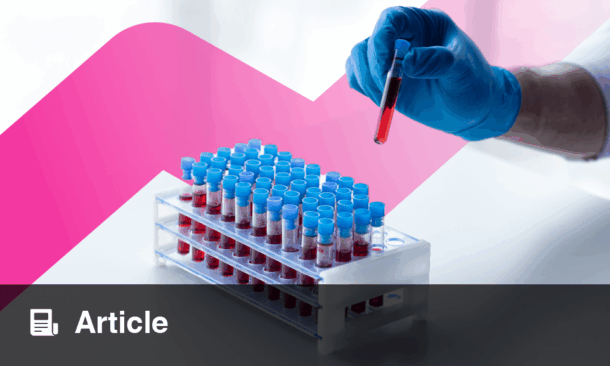IMPLEMENTING continuous laboratory automation significantly improves the management of bloodstream infections (BSIs), reducing diagnostic turnaround times and accelerating clinical decision-making, according to new data from a French ICU cohort.
This retrospective before-and-after study assessed the effects of reorganizing a hospital microbiology lab, shifting to full automation and a 24/7 workflow, on diagnostic efficiency and patient outcomes in adults with BSIs admitted to the ICU. Researchers compared two 12-month periods: before implementation (2019) and after (June 2021–May 2022), evaluating 116 and 128 positive blood cultures (PBCs) respectively.
Results revealed a measurable improvement in laboratory turnaround time (TAT) for clinically significant PBC episodes, decreasing from a median of 30.4 hours to 27.1 hours (p=0.004). Importantly, susceptibility testing results became available within 24 hours for 18.7% of PBCs processed during the night shift post-conversion, a substantial rise from just 0.9% prior to reorganization (p<0.0001). The time to first antibiotic modification, a critical window for tailoring antimicrobial therapy, was also significantly shortened by a median of 19.1 hours (p = 0.04). This more timely intervention likely contributed to observed improvements in patient recovery metrics. After lab conversion, the probability of ICU discharge increased by 51% (HR=1.51, 95% CI 1.09–2.08, p=0.014). While not statistically significant, a trend toward reduced 30-day mortality was noted (HR=0.65, 95% CI 0.40–1.06, p=0.085). These findings underscore the clinical value of investing in automated, around-the-clock laboratory services for hospitals managing critically ill patients. Faster lab workflows not only enhance operational efficiency but may also drive meaningful improvements in care outcomes for those with life-threatening infections. Reference: Paluch M et al. Lab efficiency and improvements in the management of bloodstream infections: a before and after study. Eur J Clin Microbiol Infect Dis. 2025. doi: 10.1007/s10096-025-05200-x.








